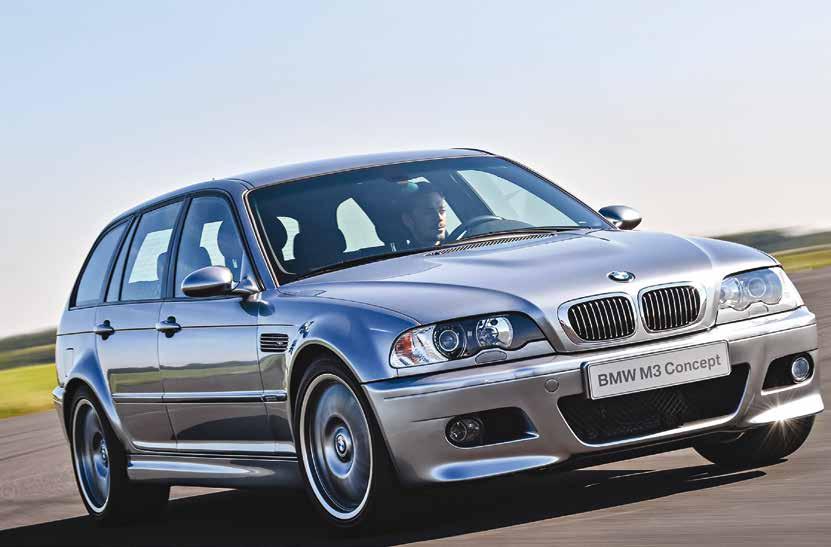
3 minute read
Thoughts from the Boardroom
thoughts from the
boardroom
Advertisement
It’s become one of the great motoring clichés but when scything up a sinuous mountain road – preferably in the Alps – one must subconsciously start humming Matt Munro’s ‘On Days Like These’. Yes, the opening sequence of The Italian Job has much to answer for and while the orange Lamborghini Miura and its driver ultimately come to a sticky end, there’s something about those few minutes of footage that are wonderfully evocative and sum up why we all love to drive.
Empty roads, glorious scenery and an azure sky above – you couldn’t really ask for more, although being behind the wheel of an appropriate steed certainly helps. And back in the spring of 2013 I was lucky enough to be involved in a development drive of the new i8 in the Austrian Alps that felt like a modern take on the Italian Job. Ever since the BMW Vision EfficientDynamics had been the star of the Frankfurt motor show back in 2009, I had been dying to sample the i8 on the road and that early drive in the Tyrol saw me fall head over heels for this incredible car.
Conditions were perfect with the early morning sun glinting off the snow that lay alongside the roads on the mountain passes that were all different, all stunning and all surrounded by immaculate picture book scenery. Yet despite this it was the car that really shone. Here was a plug-in hybrid that could whisk me up the mountain using its electric motor in almost eerie silence, yet was also capable of accelerating from zero to 62mph in just 4.4 seconds when its three-cylinder engine was also deployed.
The way it devoured the Alps that day will live with me for a long time and the further I drove it the more I became attuned to its Graeme Grieve, CEO BMW (UK) Ltd.
multifaceted nature. The i8’s different drive modes revealed distinct sides to its character and the 1.5-litre engine added a mellifluous and inspiring soundtrack. Sitting low down in the i8’s carbon monocoque made you really feel at one with the car and it had that innate poise and balance expected of a mid-engine machine. I was also taken with its supple ride and the ease with which it could cover ground so rapidly and effortlessly – it might have been a technological tour de force but its engine, electric motor and transmissions worked seamlessly and in perfect harmony.
All good things come to an end though, and I eventually had to hand the keys back to my colleagues from Munich although the thought had occurred to me that a run back to the UK might be just the sort of extended road test that was needed! I was reacquainted with the i8 when I used one as my company car for six months and the breadth and depth of its talents truly impressed. It was eminently practical on a day to day basis, proving very easy to live with, and I loved its Jekyll and Hyde nature. I remember

many near silent stealthy runs through the city late at night where I felt like the future had arrived, yet it would thrill and entertain as only a true sports car can on early morning cross-country blasts down to Goodwood or Brands Hatch.
Sadly production of the i8 has now come to an end but it will always be close to my heart. Even today, six years after production started, it looks like a vibrant and fresh piece of architecture with its swooping flying buttresses and glorious design details. With its carbon structure and innovative drivetrain the i8 was certainly ahead of its time and I can’t think of another car on sale at a similar price point that offered such a range of ability. The i8 proved that it’s perfectly possible to offer a sustainable supercar and I’m convinced it’s destined for classic status.
I’d love to be able to recreate that Alpine drive in an i8 one day. Like the Miura – the first mid-engined supercar – the i8 was a game changer too and it would certainly be my choice for a blast through the Alps. Now, what did I do with that Matt Monro CD?










